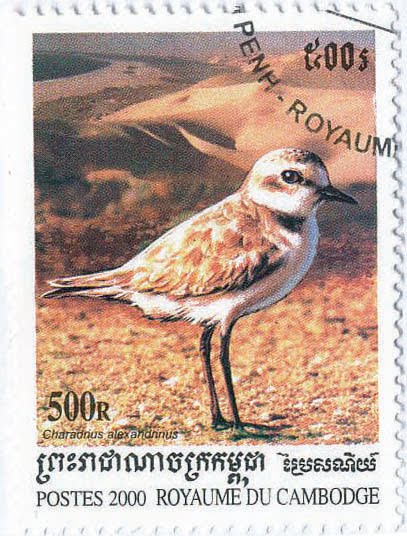The population of the Kentish Plover Charadrius alexandrinus in the Netherlands has declined from 700-900 pairs in 1973-1977 to 180-210 pairs in 2008, three-quarters of which were breeding in the Dutch Delta area. Reproductive success of the Kentish Plover in the Delta area in 2000-2005 was on average only 0.39 chicks per pair per year, which is far too low to sustain the population. The most recently recorded (2007-2008) decline of the Kentish Plover population in the Delta area (estimated at 144 pairs in 2008) can be attributed to a large extent to changes in the breeding populations in the Grevelingen lake area, which showed a decline from 91 pairs in 2007 to 59 pairs in 2008. In its most important breeding area (Slikken van Flakkee) there was a decline from 62 pairs in 2007 to 32 pairs in 2008, which coincides with recent decline of the Red-listed bumblebee Bombus muscorum in this area (several dozens were sighted in 2005, but only 1 in 2009) and possibly other wild bee species as well. In addition, there is evidence of insecticide (imidacloprid and carbendazim) contamination of surface water in 2007 on the island of Goeree-Overflakkee, i.e. in the vicinity of the Slikken van Flakkee, at levels that are bound to be toxic to insects.
Sources:
SOVON: Broedvogels in Nederland in 2008, Monitoringrapport 2010/01. SOVON Vogelonderzoek Nederland, Beek-Ubbergen, The Netherlands
Ministerie Landbouw, Natuur en Voedselkwaliteit (Dutch Ministry of Agriculture, Nature and Food Quality). Vogelrichtlijnsoorten. Strandplevier [A138]
Meininger PL et al. (2006) Broedsucces van kustbroedvogels in het Deltagebied in 2005. Rapport RIKZ/2006.006. Rijksinstituut voor Kust en Zee, Middelburg

- Log in to post comments
